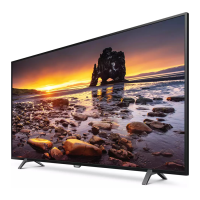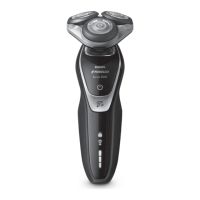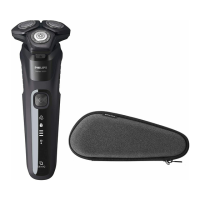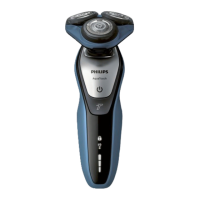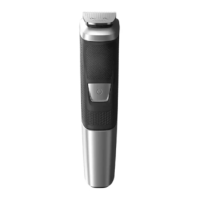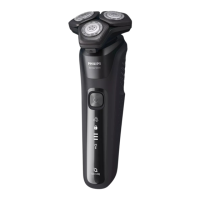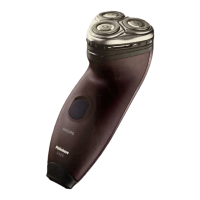What to do if there is no sound from my Philips Speakers?
- AAmanda WilsonAug 26, 2025
If you're not getting any sound from your Philips Speakers, there are a few things to try. First, ensure the audio cable is properly connected from the speakers to your TV or other devices. Try resetting the speakers to their factory settings. Also, make sure the speakers aren't muted. Finally, use the remote control to select the correct audio input.
